

- RFQ
- BOM
-
Contact Us
Tel: +86-0755-83501315
Email: sales@sic-components.com
- Chinese
- English
- French
- German
- Portuguese
- Spanish
- Russian
- Japanese
- Korean
- Arabic
- Irish
- Greek
- Turkish
- Italian
- Danish
- Romanian
- Indonesian
- Czech
- Afrikaans
- Swedish
- Polish
- Basque
- Catalan
- Esperanto
- Hindi
- Lao
- Albanian
- Amharic
- Armenian
- Azerbaijani
- Belarusian
- Bengali
- Bosnian
- Bulgarian
- Cebuano
- Chichewa
- Corsican
- Croatian
- Dutch
- Estonian
- Filipino
- Finnish
- Frisian
- Galician
- Georgian
- Gujarati
- Haitian
- Hausa
- Hawaiian
- Hebrew
- Hmong
- Hungarian
- Icelandic
- Igbo
- Javanese
- Kannada
- Kazakh
- Khmer
- Kurdish
- Kyrgyz
- Latin
- Latvian
- Lithuanian
- Luxembou..
- Macedonian
- Malagasy
- Malay
- Malayalam
- Maltese
- Maori
- Marathi
- Mongolian
- Burmese
- Nepali
- Norwegian
- Pashto
- Persian
- Punjabi
- Serbian
- Sesotho
- Sinhala
- Slovak
- Slovenian
- Somali
- Samoan
- Scots Gaelic
- Shona
- Sindhi
- Sundanese
- Swahili
- Tajik
- Tamil
- Telugu
- Thai
- Ukrainian
- Urdu
- Uzbek
- Vietnamese
- Welsh
- Xhosa
- Yiddish
- Yoruba
- Zulu
- Kinyarwanda
- Tatar
- Oriya
- Turkmen
- Uyghur
A Comprehensive Guide to Proximity Sensors
Proximity sensors are becoming increasingly popular in various industries due to their ability to detect the presence of objects without physical contact. They are used in multiple applications, from manufacturing and automotive to food processing and packaging. This blog aims to provide an in-depth look at the different types of proximity sensors, their applications, advantages, and so much more.
1. What is a Proximity Sensor? https://www.sic-components.com/proximity-sensors
A proximity sensor is a non-contact electronic device designed to detect the presence, absence, or distance of an object without physical interaction. Unlike traditional contact sensors (e.g., limit switches), proximity sensors use electromagnetic fields, sound waves, light, or magnetic fields to generate an electrical signal when an object enters their sensing range. This technology minimizes wear and tear on both the sensor and the detected object, making it ideal for delicate, high-speed, or harsh environments.
Key Characteristics:
Non-contact operation reduces mechanical damage.
Fast response times enable real-time detection.
Long lifespan due to solid-state components (except magnetic types).
Immunity to object color or texture (varies by sensor type).
2. Developments of Proximity Sensors https://www.sic-components.com/proximity-sensors
The evolution of proximity sensors has been driven by advancements in electronics and industrial automation:
Early Days (1950s–1970s):
Inductive sensors emerged first, using electromagnetic fields to detect metal objects in manufacturing.
1980s–2000s:
Capacitive sensors expanded applications to non-metallic objects (e.g., liquids, powders).
Ultrasonic and photoelectric sensors were introduced for versatile material detection.
2010s–Present:
Miniaturization and wireless connectivity (e.g., IoT integration) enabled use in smartphones, wearables, and smart factories.
Smart sensors with self-diagnosis and AI-driven analytics improved reliability and maintenance efficiency.
Future Trends:
Integration with machine learning for adaptive detection.
Energy harvesting (e.g., solar-powered sensors) for remote applications.
Hybrid sensors combining multiple technologies (e.g., inductive + capacitive) for multi-material detection.
3. Working Principles and Classification of Proximity Sensors https://www.sic-components.com/proximity-sensors
Proximity sensors achieve non-contact detection through different physical principles, with their operational mechanisms closely linked to application characteristics. The following systematically analyzes their principles, classifications, and selection logic:
3.1 Working Principles (by Type)
Inductive Sensors
Core Principle:
The sensor's internal coil generates an alternating electromagnetic field. When a metal object (e.g., iron, aluminum) enters this field, eddy currents induced on the object's surface alter the coil's impedance. The sensor detects this change to trigger signal output.
Analogy: Similar to transformer coupling, the metal object acts as a "secondary coil," and eddy current losses cause measurable impedance changes in the primary coil (sensor).
Typical Applications:
Metal component positioning in automotive production lines, tool positioning detection in machine tools, and metal target recognition for robotic grasping.
Capacitive Sensors
Core Principle:
The sensor's sensing surface and the object form a "virtual capacitor." When an object (metal or non-metal, such as liquid or plastic) approaches, changes in the dielectric constant between them alter the capacitance. The sensor detects this change via circuitry and outputs a signal.
Key Parameter: Objects with higher dielectric constants (e.g., water > plastic > air) are detected more sensitively.
Typical Applications:
Sauce level monitoring in food processing, powder level detection in chemical silos, and transparent film counting in packaging machinery.
Ultrasonic Sensors
Core Principle:
Emits ultrasonic pulses and measures the time delay (Δt) of reflected echoes, calculating object position using the formula: Distance = Sound Speed × Δt / 2. Sound waves can penetrate transparent media (e.g., glass) or be reflected by solids/liquids.
Technical Advantage: Unaffected by object color or gloss, suitable for complex surfaces like black rubber or mirrored metal.
Typical Applications:
Obstacle avoidance for logistics AGV (Automated Guided Vehicle) robots, transparent reagent bottle level monitoring in medical equipment, and automatic induction trash cans in smart homes.
Photoelectric Sensors
Core Principle:
Detect objects through optical signal interaction between a transmitter (e.g., infrared LED) and a receiver (photocell):
Through-beam: Triggers when an object breaks the light beam (e.g., carton detection on packaging lines).
Diffused-reflective: Triggers when an object reflects light back to the receiver (e.g., barcode scanning).
Typical Applications:
Precision positioning of SMT components in electronics manufacturing, optical analysis of fruit ripeness in agricultural machinery, and transparent glass door/window status detection.
Magnetic Sensors
Core Principle:
Utilizes magnetic coupling between a magnet and a reed switch: When a magnetic object approaches, the magnetic field closes the reed switch contacts, completing an electrical circuit to output a signal.
Typical Applications:
Door/window magnetic switches in security systems, gear position detection for motor speed monitoring, and magnetic strip positioning for elevator leveling induction.
3.2 Classification and Characteristics Comparison
Type Sensing Medium Detects Typical Scenarios Core Advantages Limitations
Inductive Electromagnetic Metals (iron, aluminum, copper, etc.) Industrial automation, automotive manufacturing Vibration/oil resistance, fast response, long lifespan Only detects metals; susceptible to electromagnetic interference
Capacitive Electric field Metals, liquids, powders, plastics, etc. Food level control, chemical material detection Compatible with non-metals; long sensing range Affected by humidity/temperature; adjacent object interference
Ultrasonic Ultrasonic waves Solids, liquids, transparent objects Logistics warehousing, medical transparent bottle detection Unaffected by color/texture; dust/smoke resistance Low accuracy for small objects; affected by environmental noise
Photoelectric Visible/infrared light Any object blocking/reflecting light Packaging barcode scanning, electronics precision positioning Sub-millimeter precision; high-frequency dynamic detection Ambient light interference; special design for reflective/transparent objects
Magnetic Magnetic field Magnets or magnetized metals Door/window magnetic switches, motor speed monitoring Simple structure, low cost, non-magnetic interference resistance Only detects magnetic objects; contact oxidation risk
3.3 Selection Logic and Application Strategies
Metal Detection Scenarios
High-frequency dynamic needs (e.g., high-speed production lines): Prioritize inductive sensors for their vibration resistance and fast response.
Simple switching scenarios (e.g., access control magnetic switches): Choose magnetic sensors for low cost and easy installation.
Non-Metal/Multi-Material Detection
Liquid/powder media (e.g., sauce filling, powder storage): Capacitive sensors are more suitable due to their dielectric constant detection mechanism.
Transparent/irregular objects (e.g., glass, plastic bags): Ultrasonic sensors avoid color or light transmission interference.
High Precision and Long-Range Needs
Precision positioning (e.g., chip placement, medical instruments): Photoelectric sensors' sub-millimeter precision is indispensable.
Large-space detection (e.g., warehouse shelves, AGV navigation): Ultrasonic sensors' meter-level detection range is superior.
Environmental Adaptability Considerations
Harsh industrial environments (high temperature, oil, vibration): Inductive sensors' solid-state design ensures reliability.
Humid/dusty environments (e.g., food workshops, logistics warehouses): Ultrasonic sensors offer better water resistance and dust tolerance.
3.4 Technological Evolution and Integration Trends
Modern proximity sensors are evolving toward multifunctional integration, such as:
Multi-technology fusion: Inductive + capacitive hybrid sensors for simultaneous metal and non-metal detection.
Intelligent upgrades: Photoelectric sensors with built-in AI algorithms to adapt to ambient light and learn object reflection characteristics.
IoT integration: Ultrasonic sensors supporting wireless communication (e.g., IoT protocols) for remote status monitoring and fault prediction.
The working principles of proximity sensors define their detection capabilities, while their classifications provide clear selection guidelines for practical applications. From metal part detection in industrial automation to non-contact sensing in smart homes, matching sensor types with scenario requirements is key to achieving efficient and reliable detection. With continuous technological innovation, proximity sensors will break through traditional limitations in more fields, driving the advancement of intelligent detection.
4. Functions of Proximity Sensors https://www.sic-components.com/proximity-sensors
Proximity sensors serve multiple critical functions across industries:
Presence/Absence Detection: Confirm if an object is within a specified range (e.g., checking if a part is on a conveyor belt).
Distance Measurement: Estimate the proximity of an object (e.g., parking sensors in cars).
Position Sensing: Determine the location of moving parts (e.g., in CNC machines or robotics).
Counting/Proximity Triggering: Track objects on a production line or trigger actions when an object approaches (e.g., automatic doors).
Safety Interlocking: Stop machinery when a human enters a restricted zone (e.g., in industrial safety systems).
5. Applications of Proximity Sensors https://www.sic-components.com/proximity-sensors
Proximity sensors are integral to numerous industries:
Automotive:
Parking assist, collision avoidance, seat occupancy detection, and tire pressure monitoring.
Manufacturing/Industrial:
Quality control (e.g., checking part alignment), robotic arm guidance, and machine tool safety.
Consumer Electronics:
Smartphones (proximity sensing for screen dimming during calls), tablets, and wearables.
Food & Beverage:
Liquid level detection in tanks, cap presence checking on bottles, and conveyor belt monitoring.
Logistics & Warehousing:
Package sorting, inventory management (e.g., RFID integration), and autonomous guided vehicle (AGV) navigation.
Healthcare:
Non-contact patient monitoring, sterilization equipment, and automated drug dispensing systems.
6. NPN vs. PNP: Understanding Sensor Outputs
NPN and PNP refer to the type of transistor used in a sensor’s output stage, determining how current flows in the circuit:
Characteristic NPN (Sinking Sensor) PNP (Sourcing Sensor)
Transistor Type N-type semiconductor P-type semiconductor
Current Flow Current flows from the load to the sensor (sinks to ground). Current flows from the sensor to the load (sources positive voltage).
Output Voltage Low (0V) when activated (sinking to GND). High (Vcc) when activated (sources V+).
Common Use Cases Industrial systems in North America (e.g., Siemens PLCs with sinking inputs). Systems in Europe/Asia (e.g., Mitsubishi PLCs with sourcing inputs).
Wiring Example Power → Load → Sensor → Ground. Power → Sensor → Load → Ground.
Key Considerations:
PLC Compatibility: Ensure the sensor’s output type matches the PLC’s input configuration (sinking or sourcing).
Avoid Damage: Incorrect wiring (e.g., using PNP with a sinking input) can cause short circuits.
7. Proximity Sensors - Your Trusted Sensing Solution with SIC Distributor https://www.sic-components.com/proximity-sensors
Looking for reliable proximity sensors to elevate your industrial efficiency? SIC Distributor offers a comprehensive range of high-performance proximity sensors, designed to meet diverse detection needs across industries. Our sensors leverage cutting-edge technologies like inductive, capacitive, ultrasonic, and photoelectric principles, ensuring precision, durability, and adaptability in any environment.
Why Choose SIC Distributor?
Versatile Applications: From metal detection in automotive assembly lines to non-metal sensing in food processing and smart home automation, our sensors deliver consistent performance.
Superior Quality: Built with robust materials, our sensors resist vibration, moisture, and electromagnetic interference, guaranteeing long lifespan and minimal maintenance.
Technical Expertise: With decades of industry experience, we provide tailored solutions for unique challenges, ensuring optimal sensor selection and seamless integration.
Rapid Delivery: As a leading distributor, we offer fast turnaround times and global logistics support, keeping your operations running smoothly.
Unlock Efficiency with SIC: Whether you need high-speed response for automated robotics or precision sensing for medical equipment, our proximity sensors deliver unmatched reliability. Partner with SIC Distributor today and experience the future of non-contact detection.
Contact us now to explore our product range and transform your sensing applications! https://www.sic-components.com/proximity-sensors
8. Proximity Sensors: Frequently Asked Questions (FAQs)
Q1: Can proximity sensors detect non-metallic objects?
Yes, but it depends on the type. Capacitive, ultrasonic, and photoelectric sensors can detect non-metals, while inductive and magnetic sensors are limited to metals or magnetized objects.
Q2: How do I choose the right proximity sensor?
Consider:
Object material (metal/non-metal).
Sensing range (short/long distance).
Environmental factors (temperature, moisture, dust).
Output type (NPN/PNP) and compatibility with your control system.
Q3: Do proximity sensors require maintenance?
Most require minimal maintenance, but regular cleaning (to remove dust/oil) and calibration (for precision applications) are recommended. Magnetic sensors with mechanical reeds may need periodic inspection for contact wear.
Q4: Can proximity sensors interfere with each other?
Yes, especially inductive and capacitive types. Maintain adequate spacing between sensors and avoid mounting them near metal objects or high-frequency devices.
Q5: What is the difference between a proximity sensor and a proximity switch?
A proximity sensor detects an object and generates an electrical signal, while a proximity switch is a type of sensor that directly opens or closes an electrical circuit (actuating a switch) when an object is detected.
https://www.sic-components.com/proximity-sensors

Hot Products
View MoreRelated Blogs

2000+
Daily average RFQ Volume

30,000,000
Standard Product Unit

2800+
Worldwide Manufacturers

15,000 m2
In-stock Warehouse




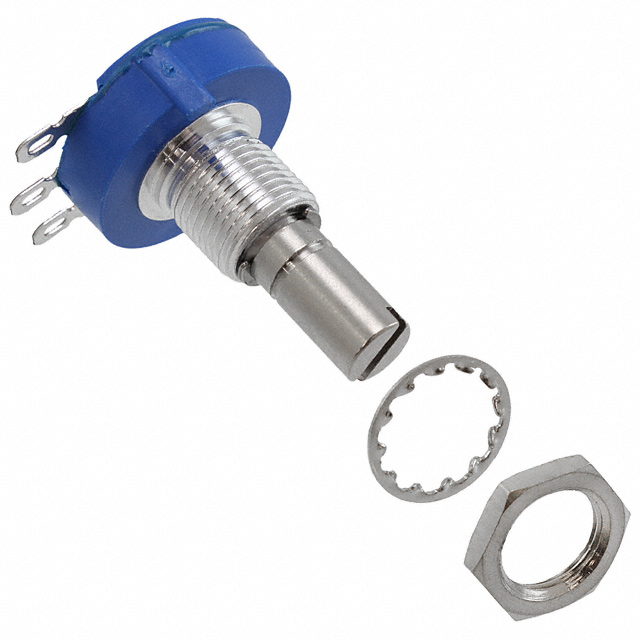
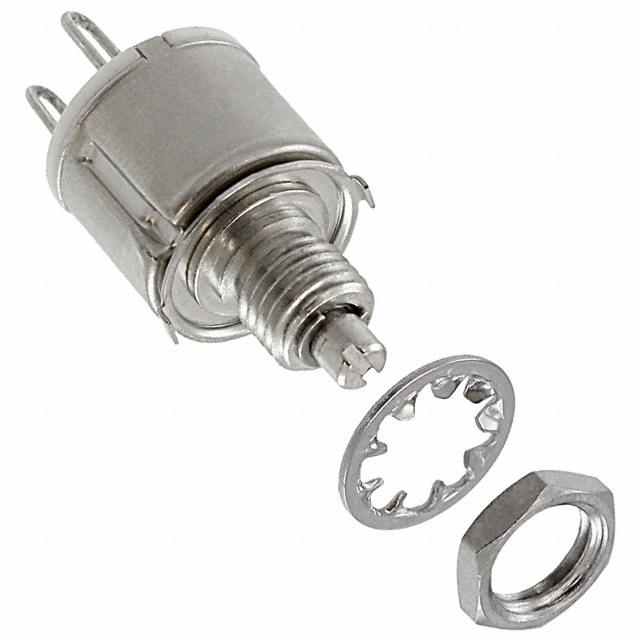
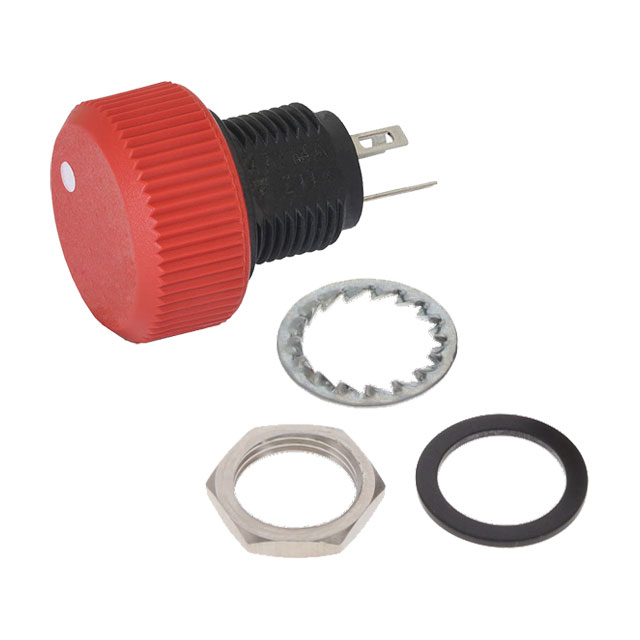
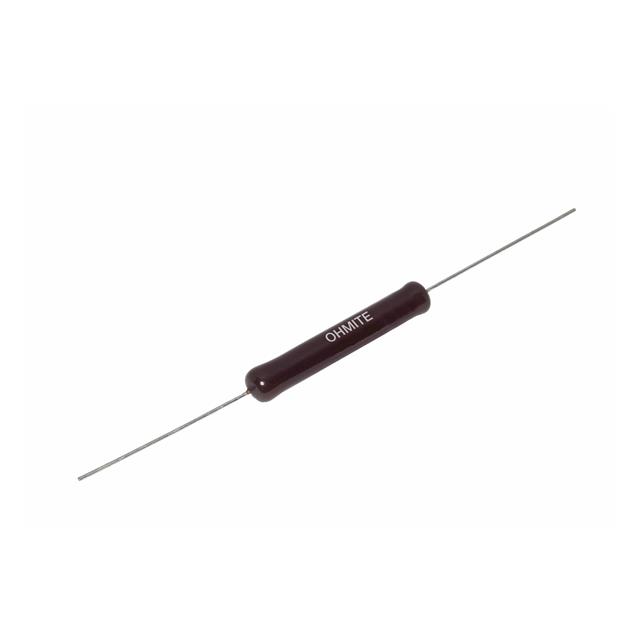
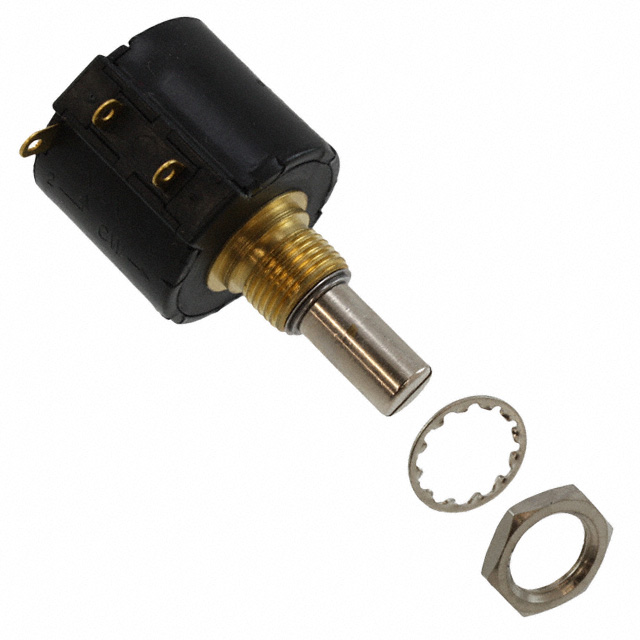

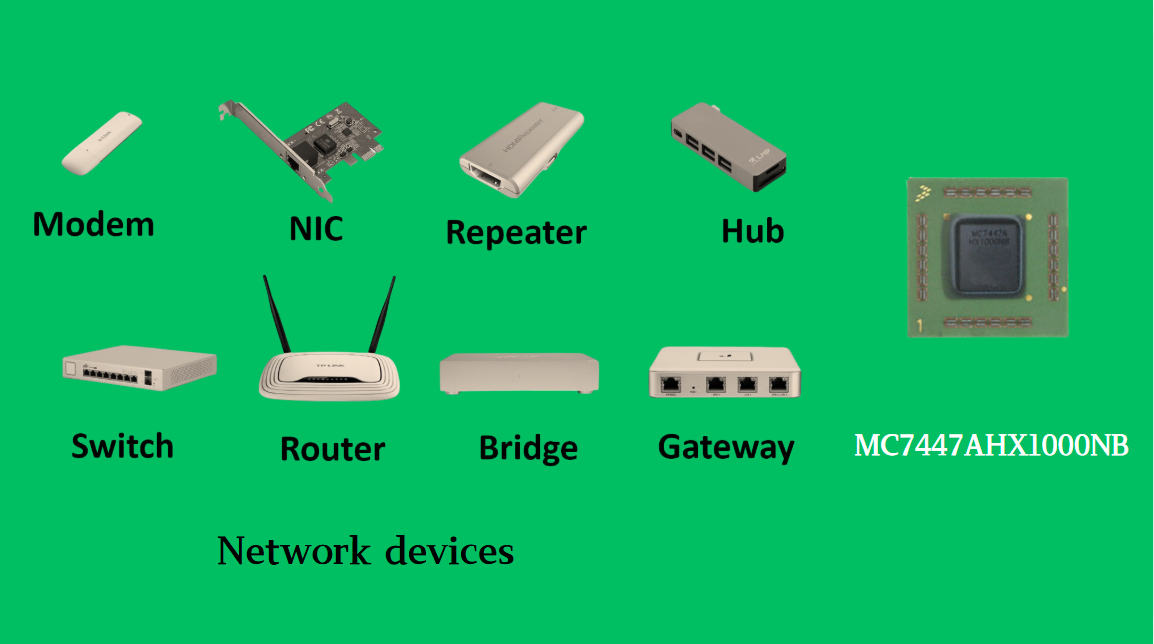
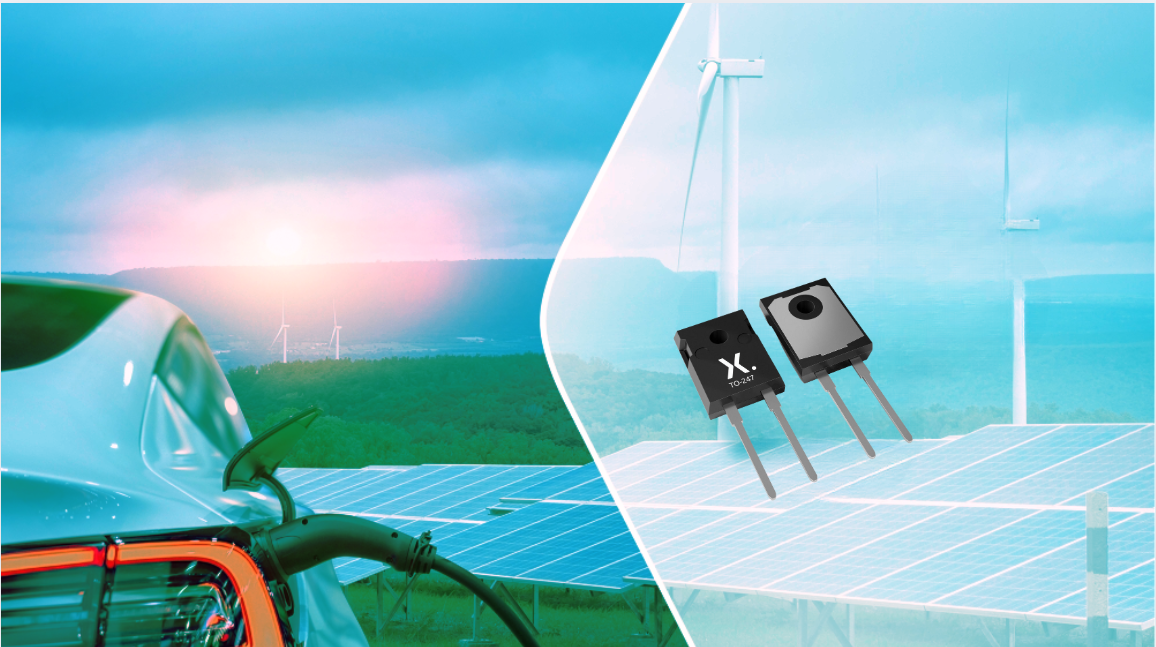







 Wishlist (0 Items)
Wishlist (0 Items)